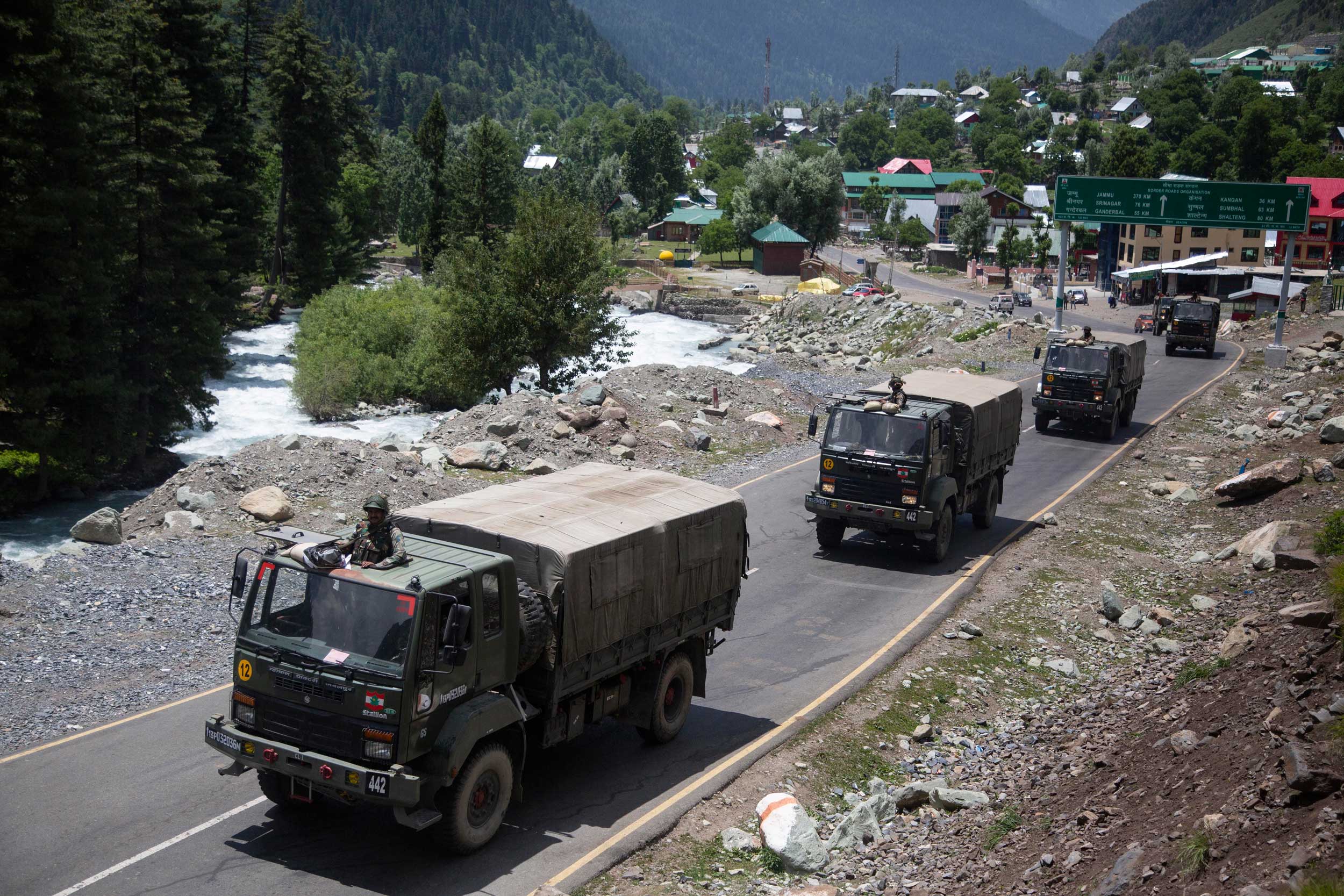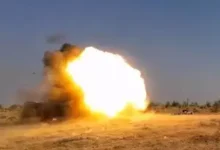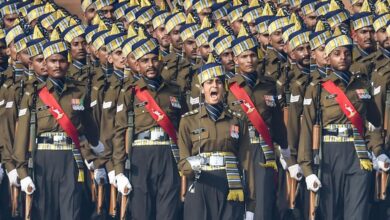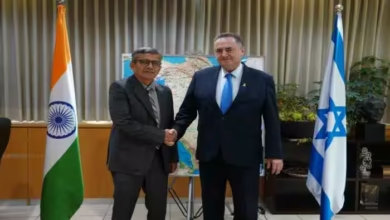Government Considers Phased Army Withdrawal From Valley Hinterland

- The official said that one idea is to get rid of the Indian Army's Rashtriya Rifles (RR) in three steps and replace them with the CRPF.
- Another official who knows more about the talks said that for now, the Army is only talking about reducing the number of RR troops, not getting rid of them completely.
Three and a half years after taking away Jammu and Kashmir’s special status and sending in a lot of extra troops, the Union government is now talking about a plan to pull the Indian Army out of the Valley hinterland completely. If the plan goes through, the Army will only be on the Line of Control (LoC).
Officials in the security establishment said that the plan to pull the Army out of the Kashmir hinterland has been talked about for about two years and is now in a “advanced stage.” The Union Ministry of Defence, the Union Ministry of Home Affairs, the armed forces, and the J&K police are all involved in the plan. It is suggested that the CRPF would take the place of the army members who are being moved out of the Valley. This would help keep law and order and fight terrorism.
“The issue is being talked about seriously among ministers, and it is thought to be possible. In a way, the decision has already been made, so the only question is when it will be done. But in the end, it will come down to politics,” a senior security officer told The Indian Express.
Texts and phone calls to the CRPF, the J&K Police, and the Army did not get a reply by the time the paper went to press.
Officials say that the Army has about 1.3 lakh people working for it in all of J&K, of which about 80,000 are stationed on the border. About 40,000 to 45,000 people from the Rashtriya Rifles are in charge of fighting terrorism in Kashmir’s surrounding areas.
People say that there are close to 60,000 CRPF members in J&K, and more than 45,000 of them are stationed in Kashmir Valley. J&K Police has 83,000 people in it. A few other Central Armed Police Forces (CAPF) companies are still stationed in the Valley. Depending on how safe the Valley is, the numbers for CAPFs change.
The goal of the talks is to show that things are back to normal in Kashmir, not just say that they are. The government says that the number of terrorist attacks and security personnel killed in J&K has dropped by almost 50% since August 5, 2019, compared to the same time period before that. “Since the decisions were made on August 5, 2019, violence in the Valley has steadily gone down.
Stone throwing has almost stopped, and law and order are mostly back in order. “However, a large number of Indian Army troops in the countryside would seem strange if normalcy were being claimed,” a Union home ministry official said.
Another government official said that during the talks, it was agreed that the best thing would be for the Jammu and Kashmir Police to take over anti-terror operations in the countryside.
“However, the Union Territory police force is not seen as ready and equipped enough to replace the Army on its own right now. So, the plan is for the J&K Police and the Central Reserve Police Force (CRPF) to take the place of the Army when it leaves. Over the years, they have also shown what they can do in Srinagar, where the Army is not present. “The details are still being worked out, like how many more CRPF members will be needed and how the whole command structure will work,” the official said.
Sources in the security apparatus said that during the talks, it was suggested that the Army be pulled out in stages. “Perhaps the Army can be pulled out of a few districts first, like Anantnag and Kulgam. After that, the situation in the fight against terrorism and how the people responded would be looked at.
Depending on the results, steps would be taken to make more withdrawals. When the Border Security Force (BSF) left hinterland Kashmir in the middle of the 2000s, they did it this way, another official said.
The official said that one idea is to get rid of the Indian Army’s Rashtriya Rifles (RR) in three steps and replace them with the CRPF. The RR was set up in 1990 with the goal of fighting terrorism in the Valley’s rural areas. The official said that the group never had a permanent goal.
Another official who knows more about the talks said that for now, the Army is only talking about reducing the number of RR troops, not getting rid of them completely. Defense sources say that the Army is already making plans to change its size.
“They (RR) belong to different infantry units. By sending Army units to do internal security work for such long periods of time, you are wasting their time and money. Army is made for big battles and plans. In the Valley, RR has been great. “But it’s time to get it back to doing what it was made for,” the official said.
Defense sources said that the Army is already working to change the size of the Rashtriya Rifles. The plan is to cut two companies from each of the 63 RR battalions (each RR has six companies now). Even though the drawdown plan hasn’t been set in stone yet, it is being talked about if one of the five force headquarters and a few of the 15 sector headquarters can also be cut. This could amount to more than 15,000 soldiers.
The Indian Army and the CRPF and the Jammu and Kashmir Police work together to fight terrorism in the Kashmir Valley. Since the start of militancy in the Valley, the Army has been in charge of stopping infiltration at the border, stopping terror attacks, and getting rid of militants inside Kashmir.
In 1990, the Rashtriya Rifles were created to help the Army do all of these things. It did this with the help of the J&K Police and the BSF until 2004–2005. Since then, the CRPF and local police have helped. Also, in Srinagar, all anti-terror operations have been done by the CRPF and the J&K Police since 2005. The RR has not been involved.







Facebook Comments